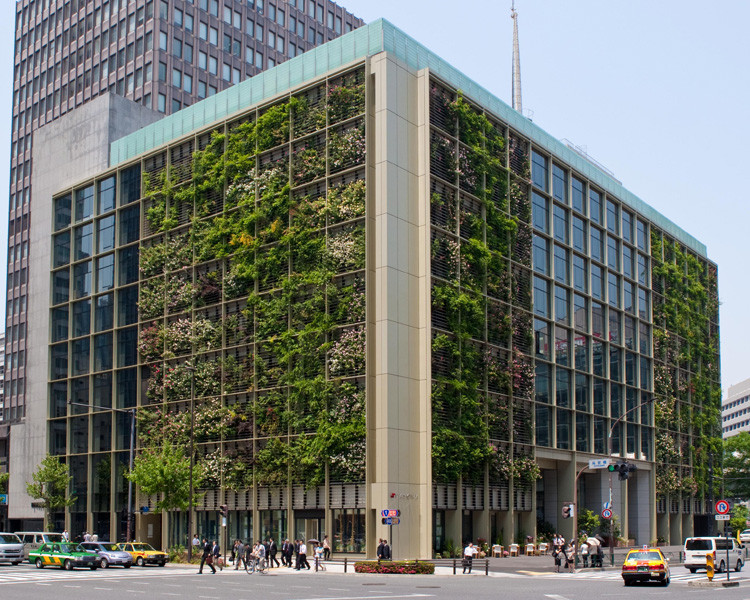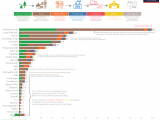Vertical Farms: The Smart Buildings That Grow Food

Vertical farms are not a new idea, but their viability and the motivation for their construction has reached new heights in recent years. Growing concerns about overpopulation and food supply are coming to the fore once again and indoor environmental control technologies are helping to make the idea a reality.
The current world population of 7.6 billion is expected to reach 8.6 billion in 2030, 9.8 billion in 2050, then 11.2 billion in 2100, according to The World Population Prospects report: The 2017 Revision, published by the UN Department of Economic and Social Affairs. Such increases will put huge strain on our already stretched agricultural systems and the fact that the majority of growth will happen in cities only exacerbates the environmental footprint of the food supply chain.
“By the year 2050, nearly 80% of the earth’s population will reside in urban centers,” says Disckson Despommier in his book ‘The Vertical Farm: Feeding the World in the 21st Century’. “An estimated 109 hectares of new land (about 20% more land than is represented by the country of Brazil) will be needed to grow enough food to feed them, if traditional farming practices continue as they are practiced today.”
Furthermore, according to the FAO and NASA, over 80% of the land that is suitable for raising crops is already in use and some 15% of that has been laid waste by poor management practices. The numbers just don’t add up and the consequences of doing nothing are not pleasant to think about; a solution is needed, and technology developed for the smart building movement may be part of it.
The traditional image of rural farmland is already an endangered species, replaced by heavily mechanized, industrial, dystopian farming complexes largely run by engineers and businessmen. The smart green urban vertical farm may take our agricultural system further from nature but it also solves many of our food supply problems, potentially making it a glimpse into the high-tech future of agriculture.


